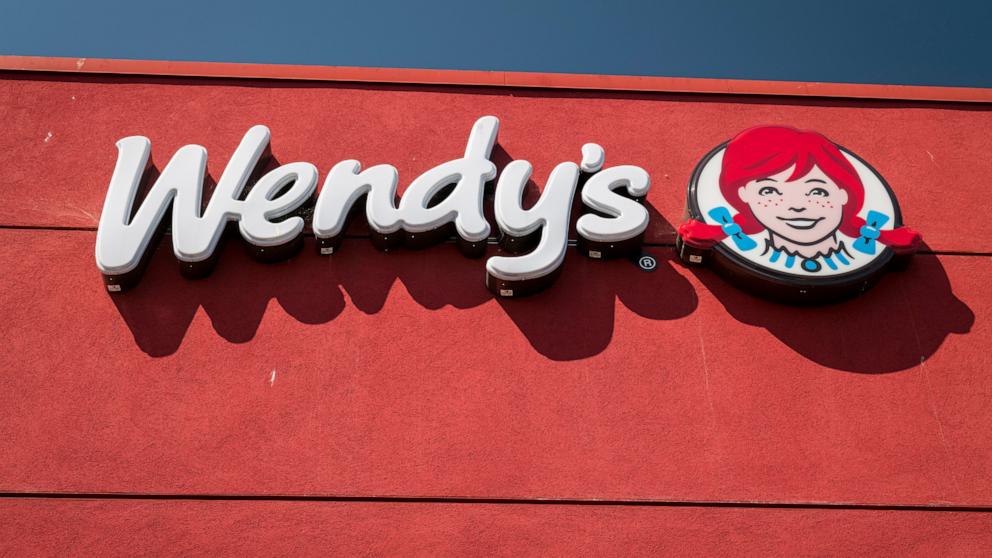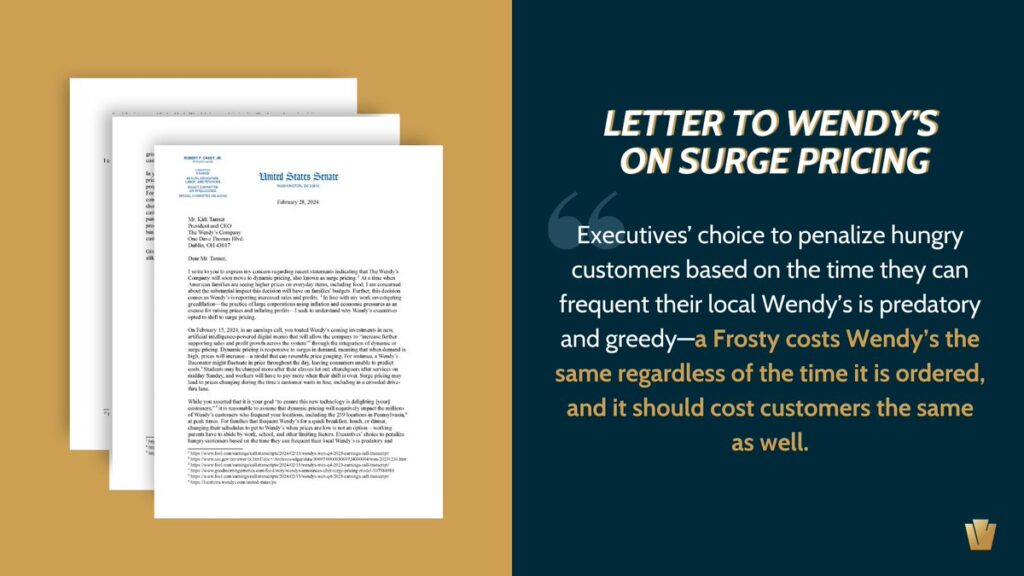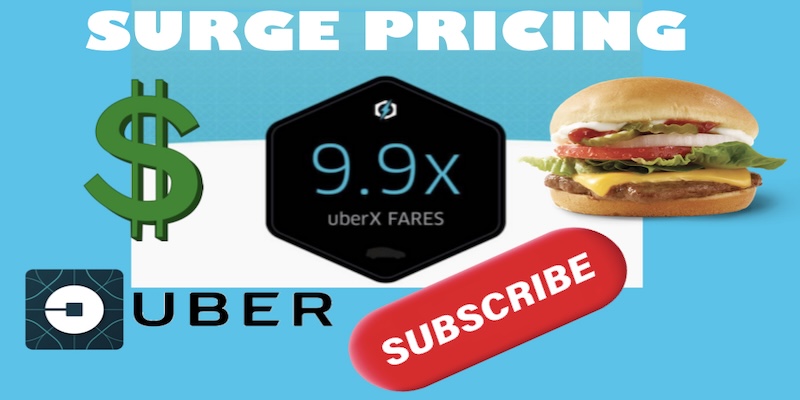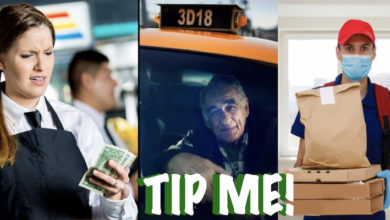Surge Pricing And Subscription Scams
Move over Uber. Surge pricing and subscription services are coming to fast food restaurants, cars, entertainment, and more.
Entertainment :
Once upon a time, consumers outright purchased games for their mobile devices and then played those games as many times and for as long as they wanted. However, game creators quickly realized that once someone purchased their games, the income ended there — leaving no ability to make more money from these same consumers and games down the line.

That’s when the idea of subscriptions was born. Instead of selling a one-time purchase for games, movies, music, and more, companies figured out how to string us all along and drain as much cash from us as possible.
Now, instead of offering heated seats as a built-in feature, BMW will only offer the service as a “subscription” in the future. Or, in other words, if you want heated seats, forget about just flipping a switch and feeling the warmth on your buns. You’ll soon have to pay monthly for the privilege.

The same goes for music. Instead of owning music outright and storing it on your computer or other devices, Apple, Spotify, and other services began charging a monthly fee to access all the songs you want to hear. Or, in other words, you no longer own songs but “rent” them via a subscription.
Take a look at how Uber introduced the practice of surge pricing by forcing consumers to pay double or even triple the usual rate during busy times of the day. The idea was to squeeze as much money out of passengers as possible.
Although Uber may have been the originator, fast-food restaurants have decided the time is now to latch on to this new cash cow idea and make a few more unexpected dollars.
On Tuesday, Wendy’s Hamburger Restaurant announced that it is preparing to introduce surge pricing.
According to USA Today, Wendy’s will soon fluctuate prices for its food relative to demand and the time of day. For example, Wendy’s will increase their prices (within seconds via a digital menu board) during the busy lunch rush when corporate employees and office workers are flooding the restaurants. Prices will decrease late night or overnight when customers are almost non-existent.

“Beginning as early as 2025, we will begin testing more enhanced features like dynamic pricing and daypart offerings, along with AI-enabled menu changes and suggestive selling,” Wendy’s CEO Kirk Tanner said. “As we continue to show the benefit of this technology in our company-operated restaurants, franchisee interest in digital menu boards should increase, further supporting sales and profit growth across the system.”
His words were double-speak gobbledy-gook to convince consumers that surge pricing will be a benefit for them — when, in fact, it will only be a financial benefit for the company.
Needless to say, consumers on social media were not impressed.
“If I ate at Wendy’s, I’d sit in the drive-thru waiting for the surge pricing period to end,” a commenter said.
“Why do I have to pay more for something that costs them the same? If they start changing the prices, I’m just going to stay home and cook,” said another.

The idea of surge pricing and subscriptions runs the risk of not only getting out of control very quickly, but angering consumers into seeking other options where the prices don’t fluctuate.
At least one expert is concerned.
“Consumers, by and large, understand that companies need to make a profit. But, when a company appears to be sticking it to a consumer in a moment of need, the customer resents it,” said John Dinsmore, a marketing professor at Wright State University in Dayton, Ohio.
“Dynamic pricing is here to stay, but I believe only in certain contexts. Surge or dynamic pricing works for Uber because they are often the only option,” Dinsmore continued. “For consumer staples like food and clothing, I have a hard time seeing it take hold. There are too many options. Consumers will adjust and competitors will undercut prices.”
OK WASSUP! discusses Entertainment:
Surge pricing and subscription services.







I just heard about this nonsense a few days ago and thought to myself, I’m glad I rarely ever go to any fast-food places anymore.
I really noticed we were getting ripped off with fast food and groceries about 4-5 yrs ago.The portions were smaller, the taste of quite a few food items weren’t/ aren’t the same. But prices kept/keep going up!
Now fastfood places want to charge a “surge” rate!?!
I pretty much stopped buying fast food period about a year before Covid hit. And there are a few grocery foods I no longer buy either.
These companies want us to keep paying for the same thing over and over again with subscriptions like we are stupid or something. Then the fast food places want to charge more for the same sandwich just because they can?? No thank you. I will cook every meal I eat before I fall for something dumb like that.